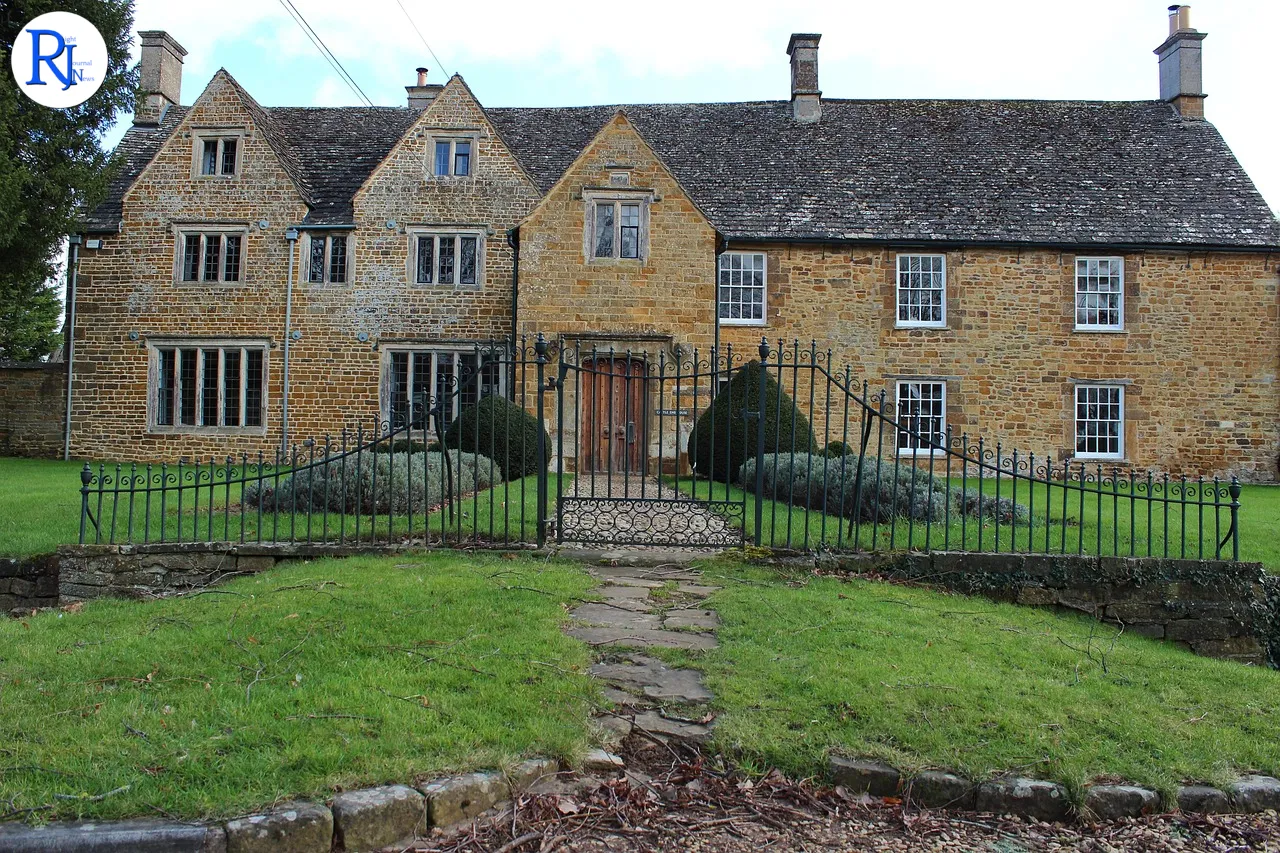Lead:
The Telegraph has spotlighted the Cotswolds’ most romantic hotels in a new feature, underscoring the region’s status as a top choice for couples seeking quiet luxury and countryside charm. Published on 16 October 2025, the piece highlights the draw of honey-stone villages, rolling hills, and intimate stays that place comfort and character first. The Cotswolds stretches across several counties in south-central England and offers historic inns, boutique hideaways, and spa retreats that sit within easy reach of scenic walks and postcard-perfect villages. As domestic travel trends continue to favour short breaks and rural escapes, the timing captures peak autumn demand, when golden foliage and crackling fires sell a strong story of romance.
Context and Timing:
The Telegraph published its guide to the most romantic hotels in the Cotswolds online at 16:00 GMT on Thursday, 16 October 2025. The focus falls on stays across the Cotswolds, a protected landscape that runs through parts of Gloucestershire and Oxfordshire, among other counties. The feature arrives as couples look to book late-autumn and winter getaways, a period that plays to the region’s cosy, intimate appeal.

A landscape built for romance: why the Cotswolds keeps drawing couples
Couples choose the Cotswolds for its distinctive look and pace. Villages built from warm Cotswold stone sit among hedgerows, dry-stone walls, and gentle hills, while rivers and footbridges offer quiet corners for slow walks. Places such as Bourton-on-the-Water and Stow-on-the-Wold remain well-known names, but smaller hamlets also give visitors privacy without losing access to good pubs, farm shops, and walking trails.
Protected status supports the setting’s character. In 2023, the government rebranded Areas of Outstanding Natural Beauty as National Landscapes, a move that aimed to sharpen recognition and stewardship. The Cotswolds National Landscape ranks among the largest in England and Wales and includes the 102-mile Cotswold Way, which runs between Chipping Campden and Bath. For couples, that means long, signposted walks by day and quiet, candlelit dinners by night—simple elements that structure a romantic stay.
What couples expect from a romantic hotel in the Cotswolds
Romantic hotels in the Cotswolds often combine period architecture with modern comfort. Guests look for thick walls, timber beams, open fires, and rooms with soft lighting and elegant finishes. Many stays serve local produce at breakfast and supper, with menus that change by season. Small spas, roll-top baths, and rooms with views over fields or village greens add to the sense of retreat.
Location matters as much as design. Properties near classic footpaths, historic churches, and market squares let couples step out without a car and return to a drink by the fire. Thoughtful service also sets the tone: flexible check-ins, help with walks and restaurant bookings, and simple touches—blankets, bikes, or picnic kits—often make the difference between a good stay and a memorable one.
Timing your trip: seasons, stays, and value
The Cotswolds rewards travel year-round, but seasons change the mood. Spring brings blossom and lambing, summer adds long evenings for garden dining, and autumn turns beech woods gold. Winter delivers quiet lanes, frosty mornings, and snug lounges that invite slow days. Couples who enjoy walking, antiques hunting, or spa time can find good options in every season if they plan around local events and school holidays.
Short breaks drive demand. Many couples book two or three nights, often from Thursday to Sunday, which means peak weekends sell fast. Booking early helps secure specific rooms and dinner times. Midweek stays can deliver better value and calmer streets, especially in the most photographed villages. Shoulder seasons—late spring and early autumn—often balance pleasant weather with easier availability.
Travel and access: getting around without stress
The Cotswolds sits within practical reach of major cities. Direct trains from London Paddington reach Moreton-in-Marsh in around 90 minutes, while services to Kemble unlock the southern Cotswolds. From Birmingham, trains connect via stations such as Cheltenham Spa. Taxis, local buses, and pre-booked transfers serve the gaps, though rural routes run less frequently in the evening.
Many couples still drive, which gives flexibility for pub lunches, gardens, and hilltop viewpoints. Narrow lanes and small car parks call for patience and early starts. Car-free travellers can base themselves in market towns with decent transport links and walk or cycle to nearby attractions. Hotels that offer e-bikes, detailed maps, or shuttle services add convenience and help guests avoid busy pinch points.
The Cotswolds economy: how romantic travel supports local life
Romantic breaks help sustain local businesses through the year. Independent hotels, B&Bs, and inns employ local staff and source food from nearby farms and growers. Artisans sell pottery, textiles, and homewares in compact high streets, while vineyards and distilleries have opened tasting rooms that pair well with weekend itineraries. That spend supports a supply chain that reaches beyond tourism and into agriculture and crafts.
Visitor patterns bring pressure as well as benefits. Popular villages can crowd in peak hours, and narrow roads can clog around pinch points. Local councils and the National Landscape team promote responsible travel and encourage visitors to spread out across lesser-known trails and towns. Couples who travel midweek, book restaurants in advance, and explore beyond headline spots can lighten the load and still enjoy the region’s best qualities.
What sets Cotswolds hotels apart in a crowded market
Many properties lean into the region’s building heritage. Honey-coloured stone, flag floors, and hand-finished joinery give rooms a sense of place. Designers often preserve original detail while adding insulation, good lighting, and modern bathrooms. The result blends history with comfort, which suits couples who want warmth and character rather than scale and spectacle.
Food and drink complete the picture. Kitchens use local lamb, cheese, apples, pears, and seasonal vegetables. Pubs and hotel dining rooms list regional ales, ciders, and gins, while afternoon tea remains a steady draw. Thoughtful wine lists and small plates suit guests who want a relaxed evening after a day outdoors. When it all lines up—good sleep, good food, and somewhere beautiful to walk—romance feels easy and unforced.
Planning tips for a smooth romantic stay
Set clear priorities. Decide whether you want a spa weekend, a food-focused break, or a walking holiday with a comfortable base. Check room types carefully, as many buildings are historic and rooms vary in size and layout. If four-poster beds, deep baths, or terraces matter to you, confirm details before you book.
Plan for weather. The Cotswolds looks lovely in sunshine, but

